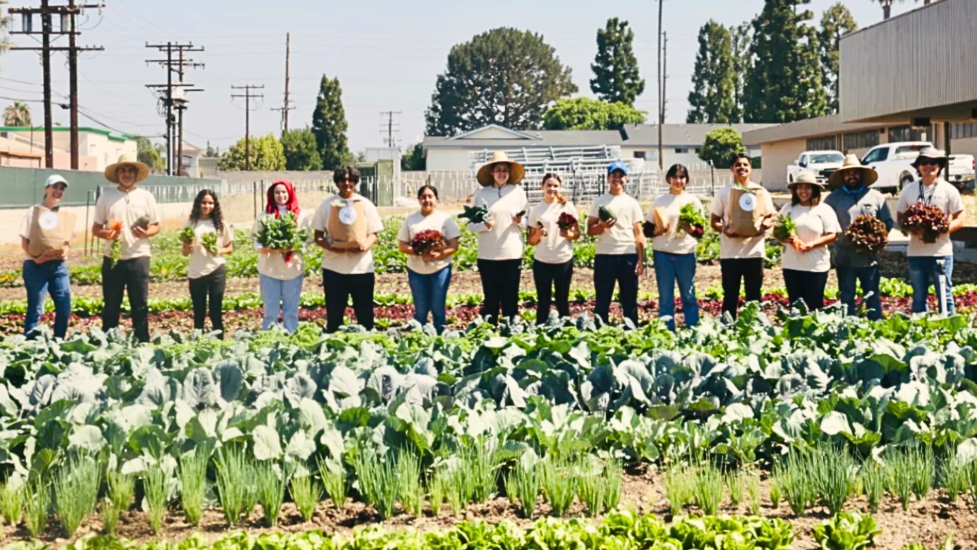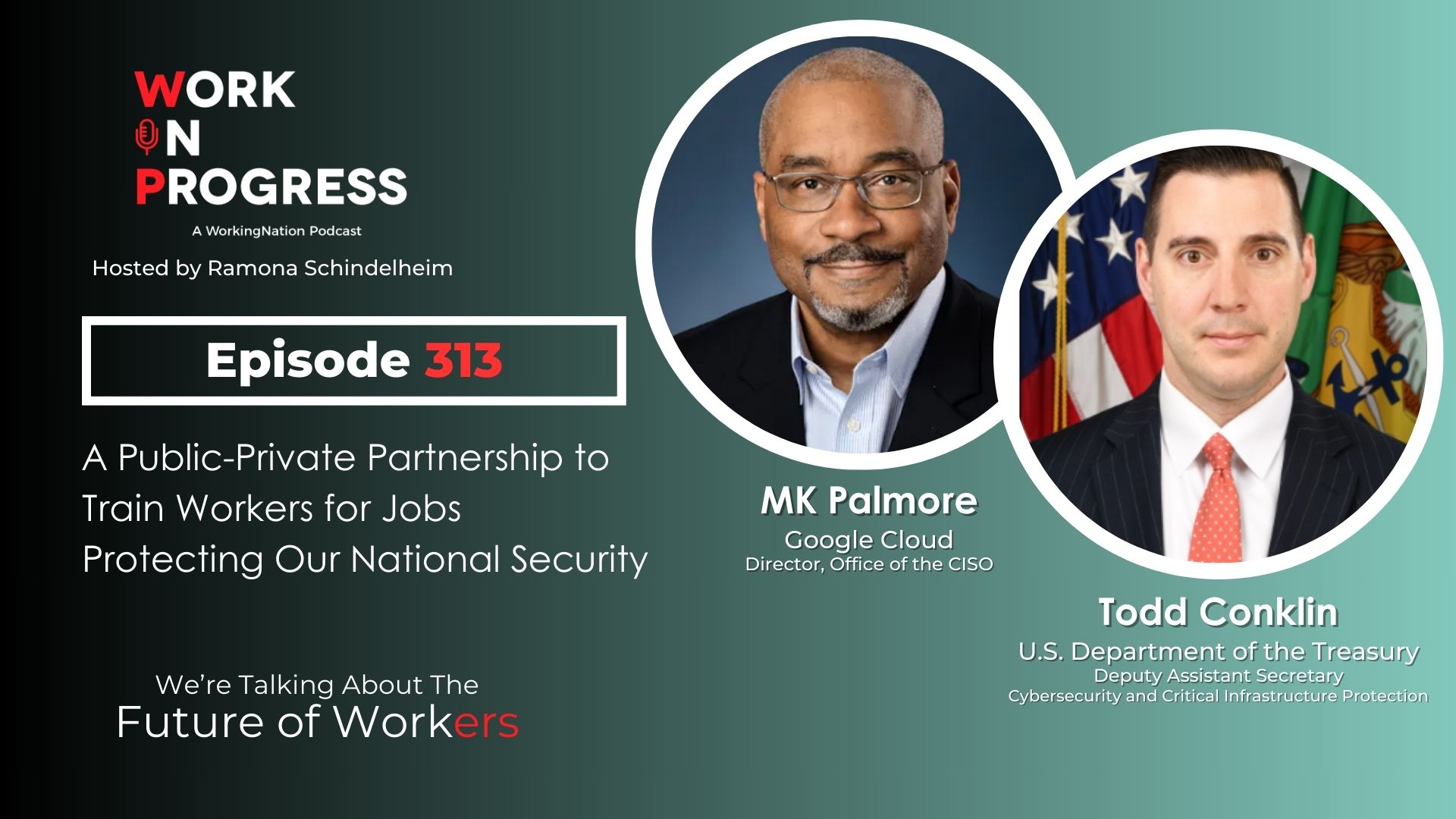When Michael Matsuda, superintendent of the Anaheim Union High School District (AUHSD), was first approached about making Google Career Certificates training for in-demand tech jobs available to the students in his California school district, he immediately saw the potential value.
But, he says, to fully realize that value, the learning opportunities needed to be embedded into the schools’ daily curricula.
“We made it clear that if we’re going to embrace the Google certificates, we needed to integrate them into the classroom. This cannot be an afterschool program, or a Saturday school, because then it doesn’t really affect the institution long-term.”
Now three years into becoming the first high schools in the country to embed the certificate training into its curricula, AUHSD offers project management, data analytics, IT support, and IT automation in academic classes, reaching about one-thousand students at 10 district schools.
Not only are students getting valuable tech training, they are taking what they learn in the classroom and applying that to solving problems in their community. More on that part of the success story a little later in this story.
‘You have to begin with the teachers’
“The Google Career Certificates provide training for folks to get the skills they need to move into high-growth, in-demand fields,” explains Rob Magliaro, education lead with Grow with Google. “There are 2.4 million-plus open, entry-level jobs in these areas with a median starting salary at $76,000 per year.”
“The certificates are focused on high school. That is where students really start to think about what fields they’re going to move into and start to acquire the skills and early foundational knowledge they need to move into those fields. The certificates allow people to have multiple pathways into these jobs, and that is a huge focus right now.”
The training for the students is a collaboration between the teachers and subject matter experts at Google, who deliver the content to the classrooms via video.
“[The students] really get an insight into what it’s like both to work in a role, but then they have a number of exercises and projects throughout the program that actually gives them real hands-on experience in what it would be like to work in those types of jobs,” explains Magliaro.
There is no requirement of prerequisite to take the training. “For K-12, it’s really helpful because they don’t need that prior experience, that prior knowledge. They can start from zero and over the course of the certificate [classes], gain the necessary toolbox that they need to apply for an entry-level job,” he adds.
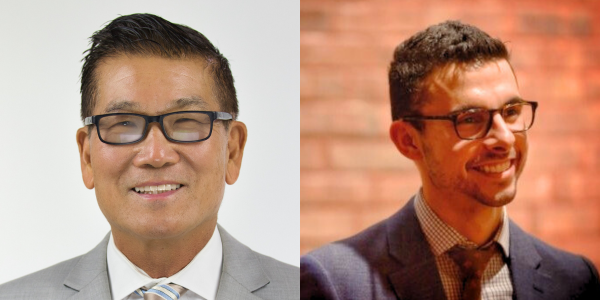
Matsuda explains about two dozen teachers are including the certificate curricula in their classrooms. “The teachers are owning it. You have to begin with the teachers and if they see the utility of it, then they’re going to ensure that it’s framed in the right way.”
He says, “We are one of the designated community school districts in California. That means that schools become the hub of their communities in terms of providing traditional wraparound services like health, dental, and food, but also integrated projects.”
Matsuda says the learning that results from the certificates program gives students the opportunity to spearhead projects to help the community. “The teachers are learning about problems in the community like food insecurity or mental health or access to housing. That’s a perfect match to giving students skills in how to solve these problems.”
Problem-Solving Community Issues
Matsuda offers an example of how the skills learning in the program are being applied to real-world problem-solving. “One of the big projects was the creation of an urban farm.”
Matsuda says students used data analytics skills to study U.S. Census tracts. “Students are looking at Census data and defining food deserts. And they’re realizing that many of them are [living] in food deserts.”
The student-led Magnolia Agriscience Community Center (MACC) – located at Magnolia High School – is 2.5 acres and sells produce. MACC notes on its website, “We will strive to educate students, families, and the community about sustainable agricultural practices, nourishment, and community building.”
Matsuda adds, “It’s an actual working farm. But it’s so much more because so many of our kids, in urban spaces, don’t know where anything comes from. They don’t know very much about nutrition and why that’s important, especially for low–income kids. Low-income kids are very vulnerable to childhood diabetes and childhood obesity.
“Some of the kids are very advanced in terms of data analytics because then they start asking questions, ‘Well, why is it in mostly low-income areas that you have dialysis clinics?’ Through the Census tract data, they can see that. Then they start connecting dots. I think that’s transformational for them.”
Students earn community service hours by helping organize community dinners, harvesting, and promoting the MACC farm on social media.
“MACC is a beautiful space just to meditate and walk. That’s the students, themselves, creating this project,” says Matsuda.
‘We’ve transformed traditional English classes’
Offered as part of various high school subjects, Matsuda points out the impact of the certificate program in senior English classes. “We’re really, really excited and [students are] very excited about what they’ve learned through the project management class.”
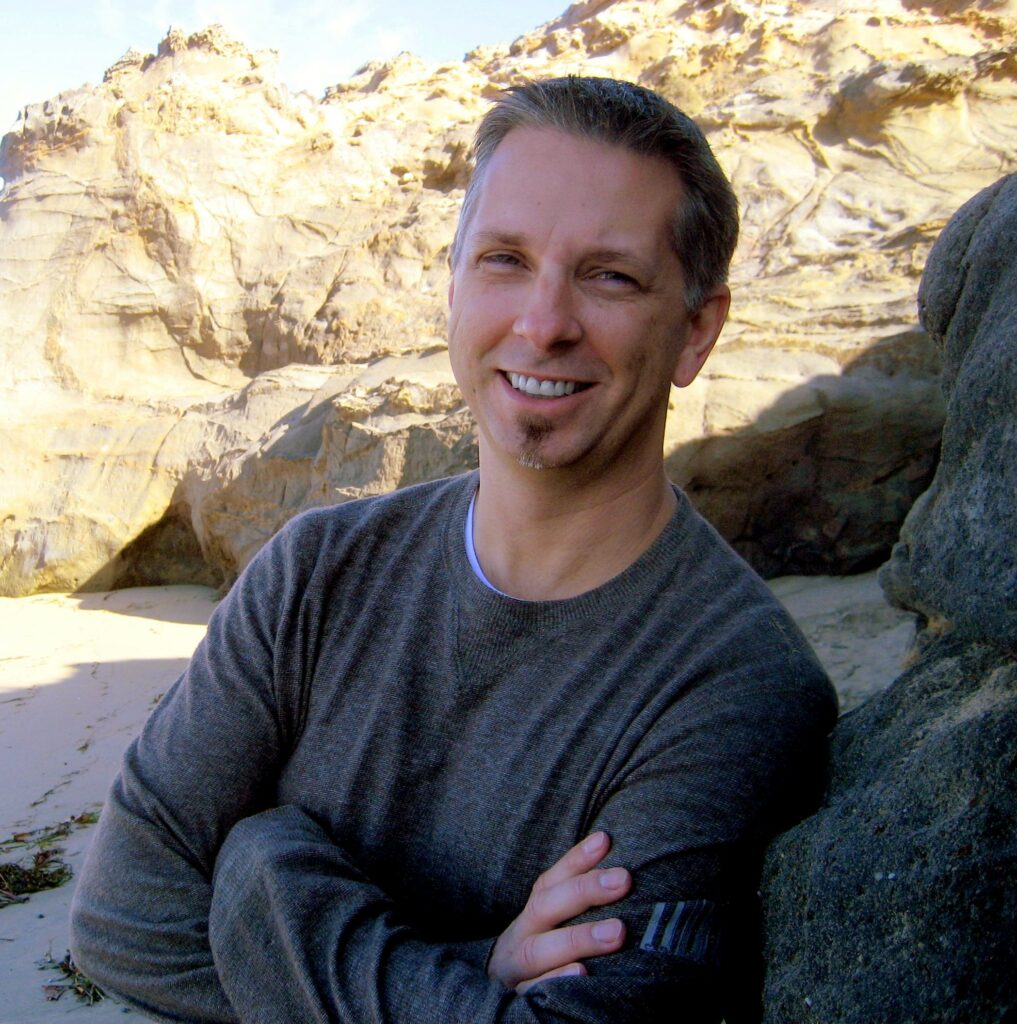
Robin Turner is an English teacher and “5 Cs” coach – collaboration, communication, critical thinking, creativity, and compassion and kindness – at Magnolia High School.
“It’s an area of focus that’s embedded in every curriculum within the district,” explains Turner. “My job is to help math teachers, science teachers, history teachers bring the 5 Cs into the classroom.”
“There definitely is a connection between what we’re doing with the project management [certificate] and with the 5 Cs. We try to get the kids employable at something beyond working in a backroom somewhere.
“It’s important to note project management doesn’t exist in a vacuum. It’s connected to all of the infrastructure that has been built around our work – districtwide – with the 5 Cs and with creating opportunities for students to use their voice, exercise their agency, and try to create civic engagement throughout all curricula. All these things work together.”
Turner says it’s been easy to support the certificate programming since it was first introduced in the district. “I like the challenge of new things. We are in a time where education has to change. We have to evolve because it’s a different society that we’re dealing with.”
“What’s required of the workforce is so different. It used to be you go to college, get a degree – there’s a job waiting for you. You’re good to go. And that’s just not the case anymore,” adds Turner.
“We’ve totally transformed traditional English classes to think more outside-the-box,” notes Matsuda. “Some of the English teachers are bringing in both fiction and nonfiction reading to learn about food deserts, food insecurity, the homelessness issue. Then the kids start really thinking, ‘Well, what can I do about that?’ And finding their own passion.”
He continues, “When you hear about these kids wanting to problem-solve in the community, when they write about that, when they create these projects, and they have the skills through the certificates to actually implement something, you can imagine the teachers are so excited when they see that in the kids.”
Inspiration for a New Teacher
Lesliy Franco is a newly-hired English teacher at Magnolia, after being a student teacher in Turner’s classroom.
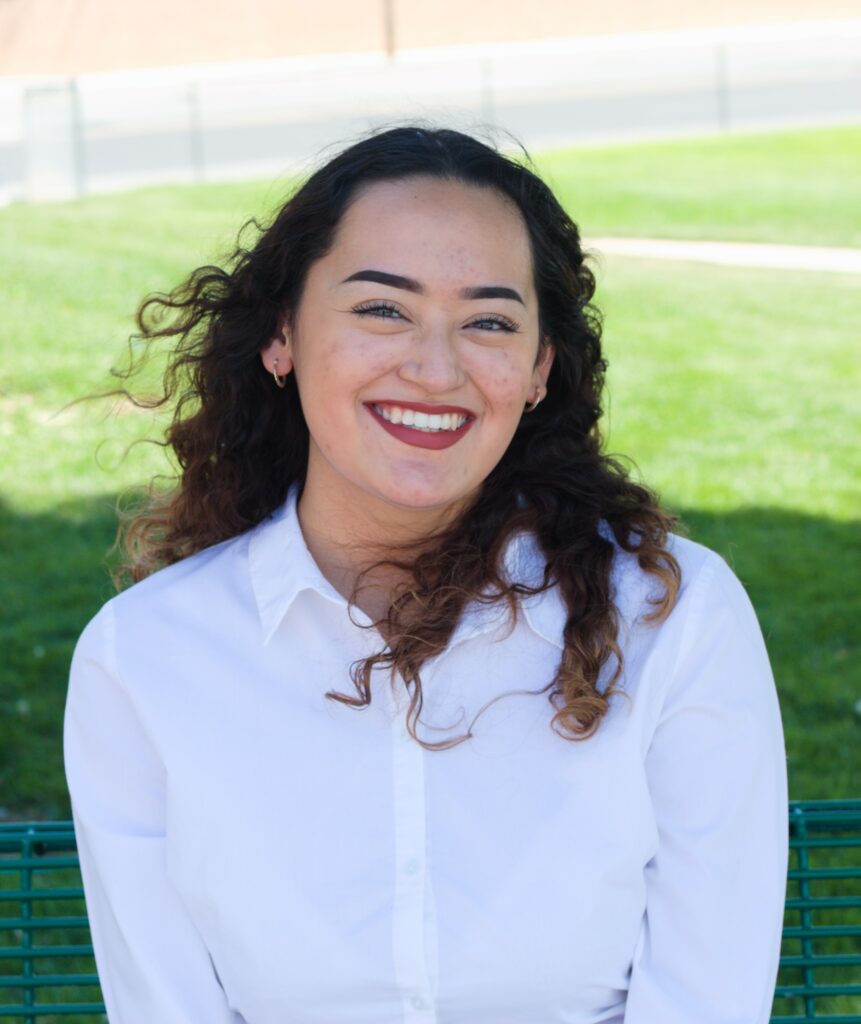
She’s seen the students’ enthusiasm first-hand. “I feel like that motivation to go forth with the project management certificate and their projects came from that idea of giving back to the community.
“When we were explaining to them, ‘We want something lasting. We don’t want you to just clean up a courtyard here at Magnolia. What can you do for your community that can last long – that practices those project management skills?’ When they were really thinking about that, that’s when they really started to get motivated.”
Franco says although it wasn’t that long ago that she completed high school, she didn’t experience this type of learning opportunity.
“There wasn’t collaboration in the classroom. Communication skills weren’t necessarily emphasized. It was read a core novel, write a five-page essay, and that was it. [At Magnolia] it’s still an English classroom. We’re giving them English skills that they’re going to need in life – reading and writing, speaking, listening skills – but also giving them lifelong soft skills.
“That light bulb lit up where I was like, ‘I don’t need to just teach a core novel and have them write paragraphs. How can we read a core novel and have some project that ties with the novel and the community? How can I bring parents into the classroom to see what their students are doing within the classroom and for the community?’”
“It’s definitely expanded my viewpoint of what it could potentially be if we really try to go outside and be innovative and different,” says Franco.
It’s Not Just the Students who are Learning
AUHSD is not limiting the learning opportunities to its students. The project management certificate course has recently been offered to district parents. So far, about 120 parents are participating.
Matsuda explains, “A lot of these kids’ parents are day laborers at Home Depot. They’re cleaning the motels near the [Disney] resort. This is a game changer.
“We’re offering Google certificates to a small cohort of parents. Some of the kids who have graduated from high school and have certificates have been brought back as paid interns. Most of [the parents] do not have a high school diploma, and so their children are coming back to help tutor them in these courses.”
Matsuda says the parents are taking their classes on Coursera to allow them the ability to study on their own time. “I think it’s pretty flexible. But it’s not easy, right? I think it takes the average adult seven to nine months to finish the whole sequence of the certificate.”
He acknowledges, “It’s a scary thing to go back and reacquaint yourself with what school looks like. Even the technology of understanding how to navigate the course. But it’s exciting.”
‘So much talent in front of us’
Regarding the impact of the Google Career Certificates on its students – beyond high school, Matsuda says, “We are in the position to track the kids, at least locally, when they go to the University of California, Irvine, Cal State Fullerton, and community colleges.
“Our students are better in terms of GPA and retention rates at the University of California than demography would predict. I’m talking about far better. We haven’t quite connected it to the certificates, but I think we have enough now where we probably could do a study around that.”
“What’s in it for the teachers and for the community?” asks Matsuda. “It’s the future. I think these students may not have seen themselves as leaders, or having a voice, or a stake in the system. Many of these kids, prior to this exposure, were not the kids that you would think of. They’re not the kids scoring with high AP pass rates or high test scores. These are the kids that were marginal.
“That’s where the teachers are truly amazed that there’s so much talent in front of us that we have not tapped into.”
Regarding that talent, Grow with Google’s Magliaro says, “Employers are looking for students to be able to get their hands dirty and think about acquiring those types of skills. We partner with a consortium of over 150 employer partners who are thinking about these types of alternate experiences that could qualify someone or should indicate that someone is prepared for openings.”
He adds, “One of the things that we’ve done with the certificates is we’ve worked with the American Council on Education to have them recommended for up to 15 college credits. It really is starting to tackle that multiple pathway opportunity for students.”
Magliaro spotlights the AUHSD, “Anaheim [was]…our first really scaled K-12 partner. They’ve really gotten innovative on how they’re equipping students. [AUHSD is] definitely a model that we point to when we’re working with new school districts.”
Turner says it’s crucial that students leave high school with skills that make them employable. “Our superintendent will say that is the barometer of social justice – that if kids from communities like ours are able to exit high school and compete for good jobs, then we’ve achieved something. It’s the whole game. It’s why we’re here.”
He continues, “I became an English teacher 35 years ago to have an impact on students’ lives similar to the one that my English teacher had on me. He opened the door possibility for me.”
Turner shares, “I was not destined for college. I don’t have anybody else in my family tree that’s graduated from college. I was the first guy to do that, and I did that thanks to an English teacher I came across.
“That’s been my motivation since day one as a teacher. And you can only stay true to that motivation if you’re willing to take a look at the landscape into which these kids are emerging and adjust your teaching practices so that you’re preparing them for that very landscape.”

